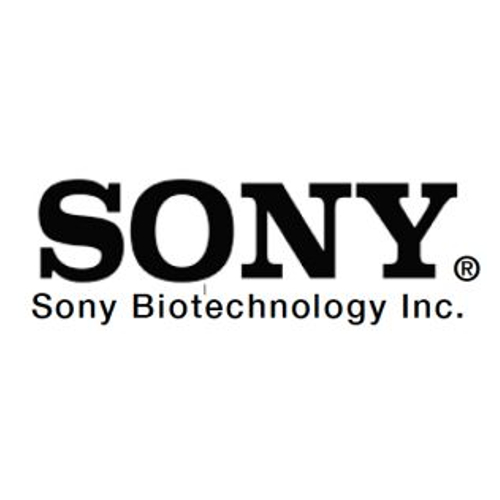CTLA-4 Monoclonal / Brilliant Violet 605 / BNI3
Product Details
| Description | Brilliant Violet 605 anti-human CD152 (CTLA-4) | |
|---|---|---|
| Conjugate | Brilliant Violet 605 | |
| Clone | BNI3 | |
| Target Species | Human | |
| Applications | FC | |
| Supplier | Sony | |
| Catalog # | Sign in to view product details, citations, and spectra | |
| Size | ||
| Price | ||
| Antigen | ||
| Host | ||
| Isotype |
About CTLA-4
This gene is a member of the immunoglobulin superfamily and encodes a protein which transmits an inhibitory signal to T cells. The protein contains a V domain, a transmembrane domain, and a cytoplasmic tail. Alternate transcriptional splice variants, encoding different isoforms, have been characterized. The membrane-bound isoform functions as a homodimer interconnected by a disulfide bond, while the soluble isoform functions as a monomer. Mutations in this gene have been associated with insulin-dependent diabetes mellitus, Graves disease, Hashimoto thyroiditis, celiac disease, systemic lupus erythematosus, thyroid-associated orbitopathy, and other autoimmune diseases. [provided by RefSeq, Jul 2008]
This gene is a member of the immunoglobulin superfamily and encodes a protein which transmits an inhibitory signal to T cells. The protein contains a V domain, a transmembrane domain, and a cytoplasmic tail. Alternate transcriptional splice variants, encoding different isoforms, have been characterized. The membrane-bound isoform functions as a homodimer interconnected by a disulfide bond, while the soluble isoform functions as a monomer. Mutations in this gene have been associated with insulin-dependent diabetes mellitus, Graves disease, Hashimoto thyroiditis, celiac disease, systemic lupus erythematosus, thyroid-associated orbitopathy, and other autoimmune diseases. [provided by RefSeq, Jul 2008]
About Brilliant Violet 605
Brilliant™ Violet 605 (BV605) is an orange/red-emitting tandem fluorophore that can be excited by the 405 nm Violet laser and collected using a 610/20 bandpass filter. BV605 has an excitation peak at 405 nm and an and emission peak at 603 nm. BV605 is most commonly used in flow cytometry and is spectrally similar to SuperBright 600 (Thermo Fisher), SuperNova v605 (Beckman Coulter) and StarBright Violet 610 (Bio-Rad). BV605 is considered to be relatively bright and should be used on antigens of moderate to low abudance. This dye is part of the Brilliant™ Violet dye line of fluorescent polymers. Brilliant™ Violet 421 polymer is employed as the donor molecule in a series of tandem dyes with acceptor molecules emitting at various points across the visible light spectrum. The Brilliant™ Violet dyes are a superior alternative to QDot nanocrystals and similar to SuperNova dye from Beckman Coulter and StarBright dyes from Bio-Rad.
Brilliant™ Violet 605 (BV605) is an orange/red-emitting tandem fluorophore that can be excited by the 405 nm Violet laser and collected using a 610/20 bandpass filter. BV605 has an excitation peak at 405 nm and an and emission peak at 603 nm. BV605 is most commonly used in flow cytometry and is spectrally similar to SuperBright 600 (Thermo Fisher), SuperNova v605 (Beckman Coulter) and StarBright Violet 610 (Bio-Rad). BV605 is considered to be relatively bright and should be used on antigens of moderate to low abudance. This dye is part of the Brilliant™ Violet dye line of fluorescent polymers. Brilliant™ Violet 421 polymer is employed as the donor molecule in a series of tandem dyes with acceptor molecules emitting at various points across the visible light spectrum. The Brilliant™ Violet dyes are a superior alternative to QDot nanocrystals and similar to SuperNova dye from Beckman Coulter and StarBright dyes from Bio-Rad.
Experiment Design Tools
Panel Builders
Looking to design a Microscopy or Flow Cytometry experiment?
Validation References
Reviews & Ratings
| Reviews |
|---|
Looking for more options?
1405 CTLA-4 antibodies from over 41 suppliers available with over 71 conjugates.





